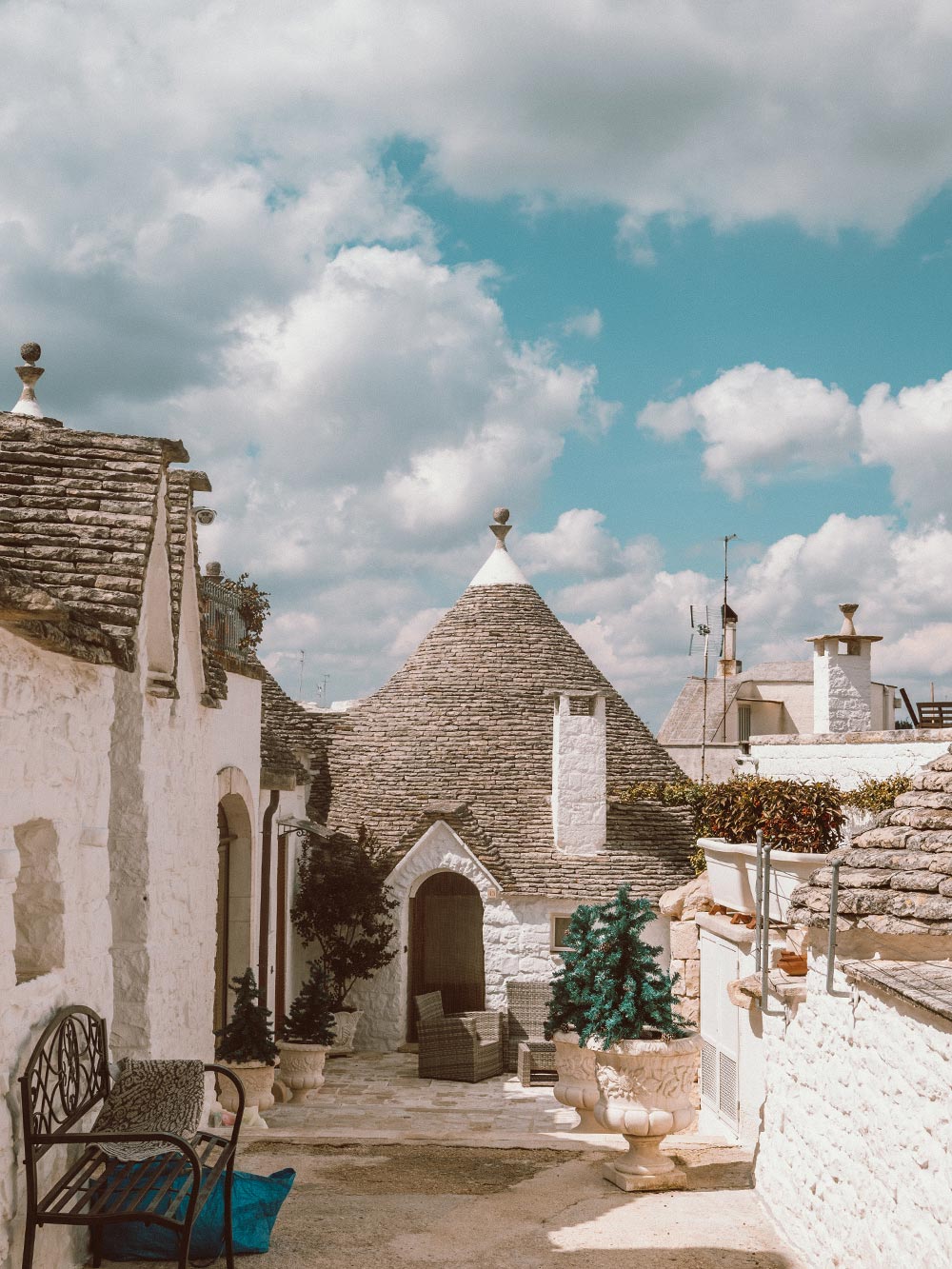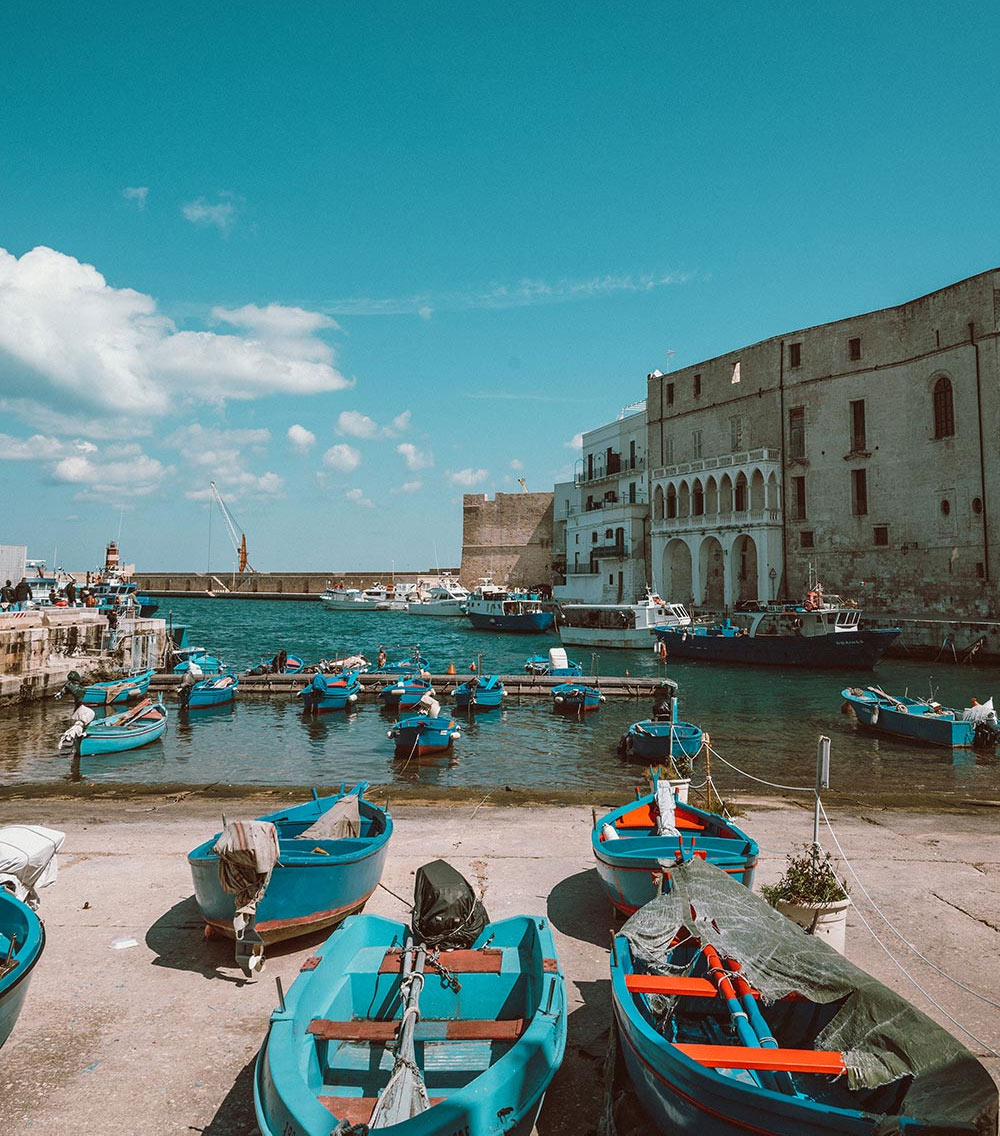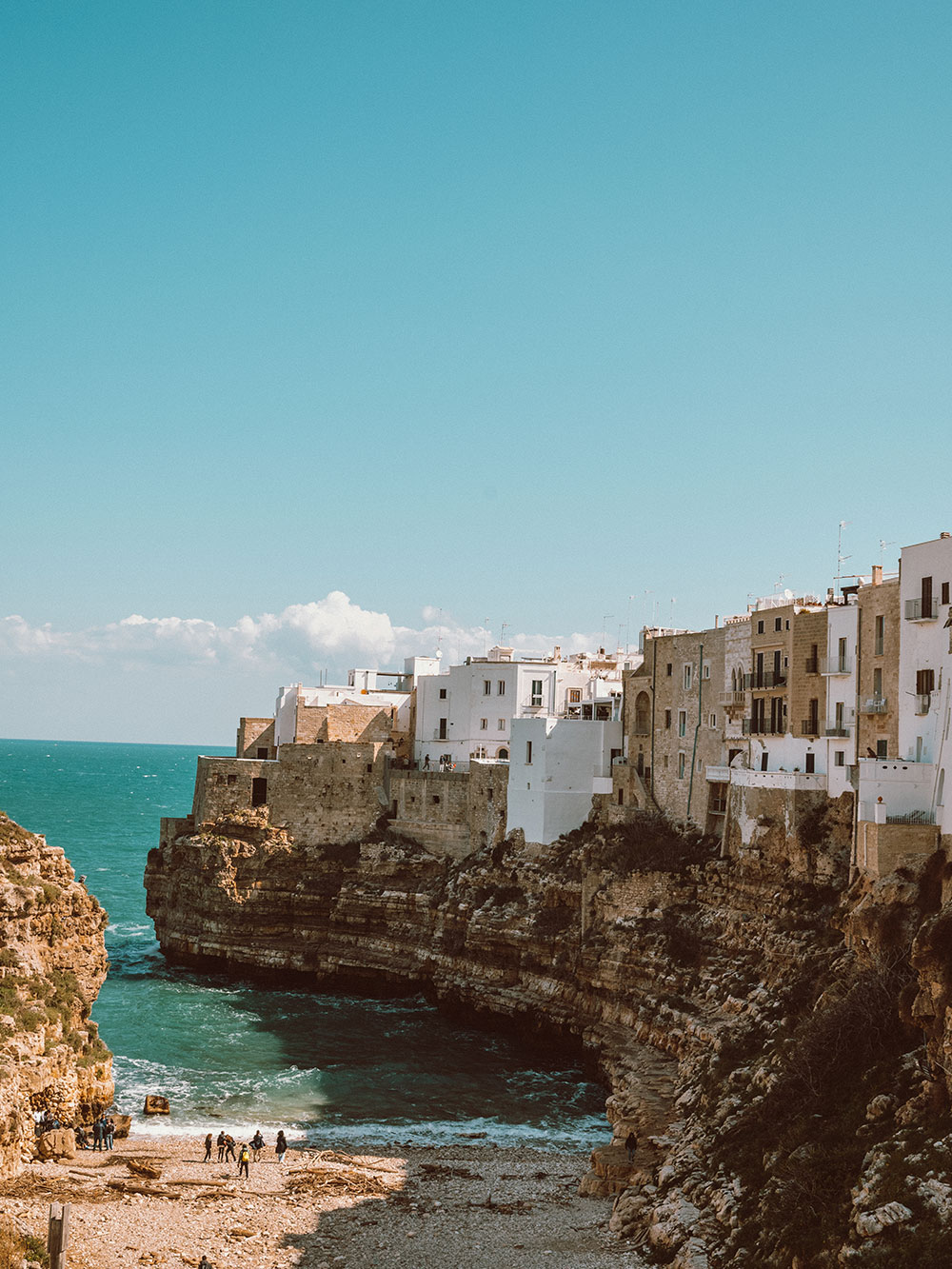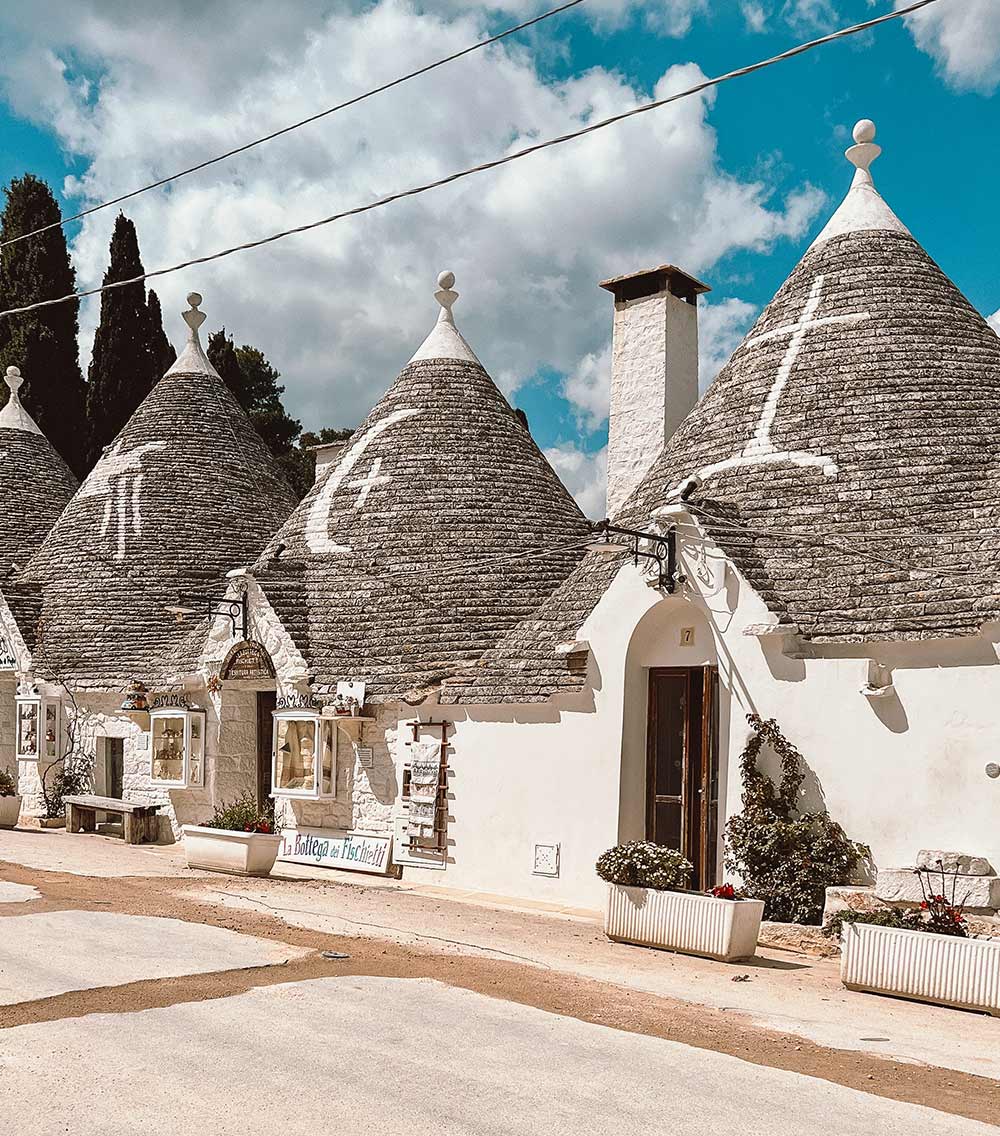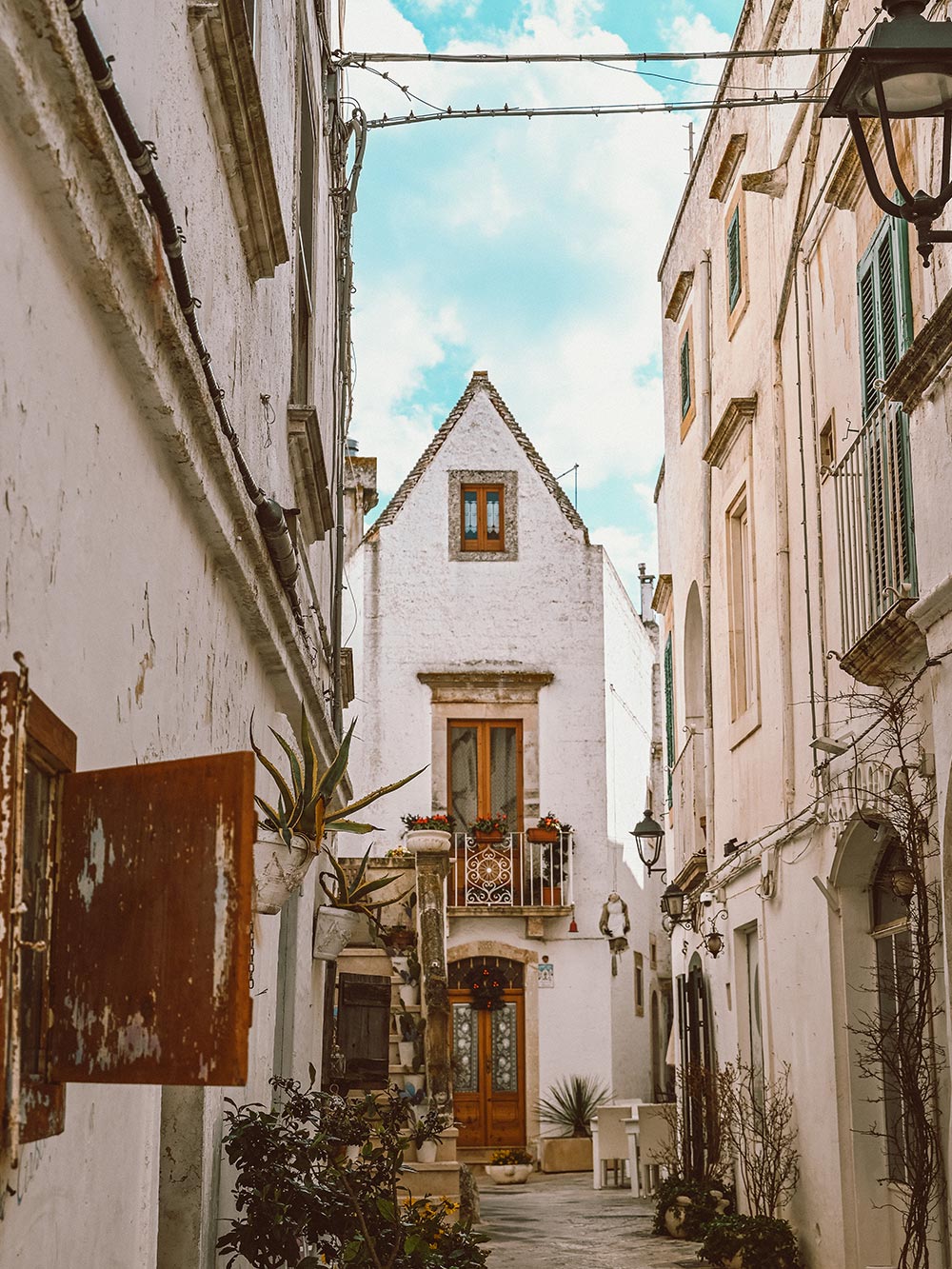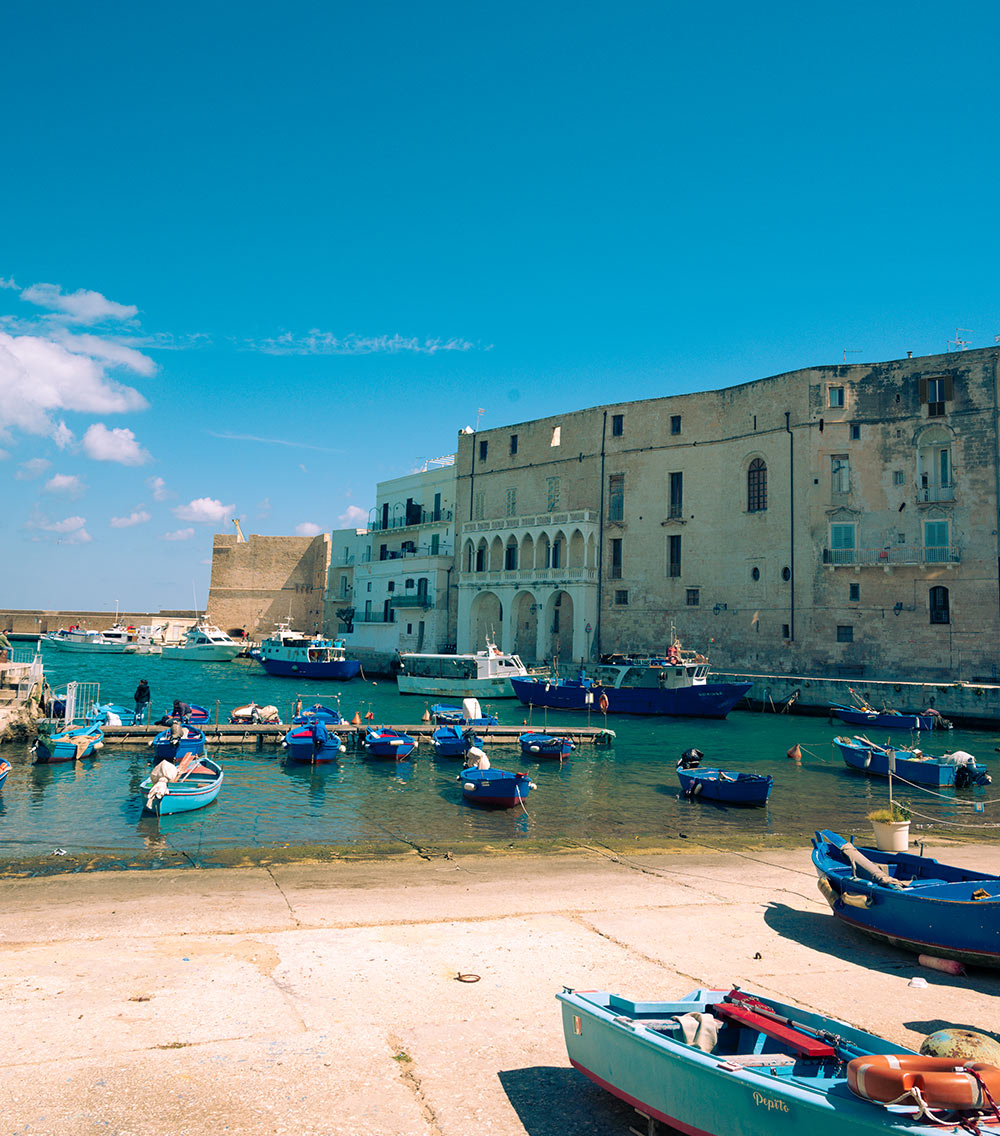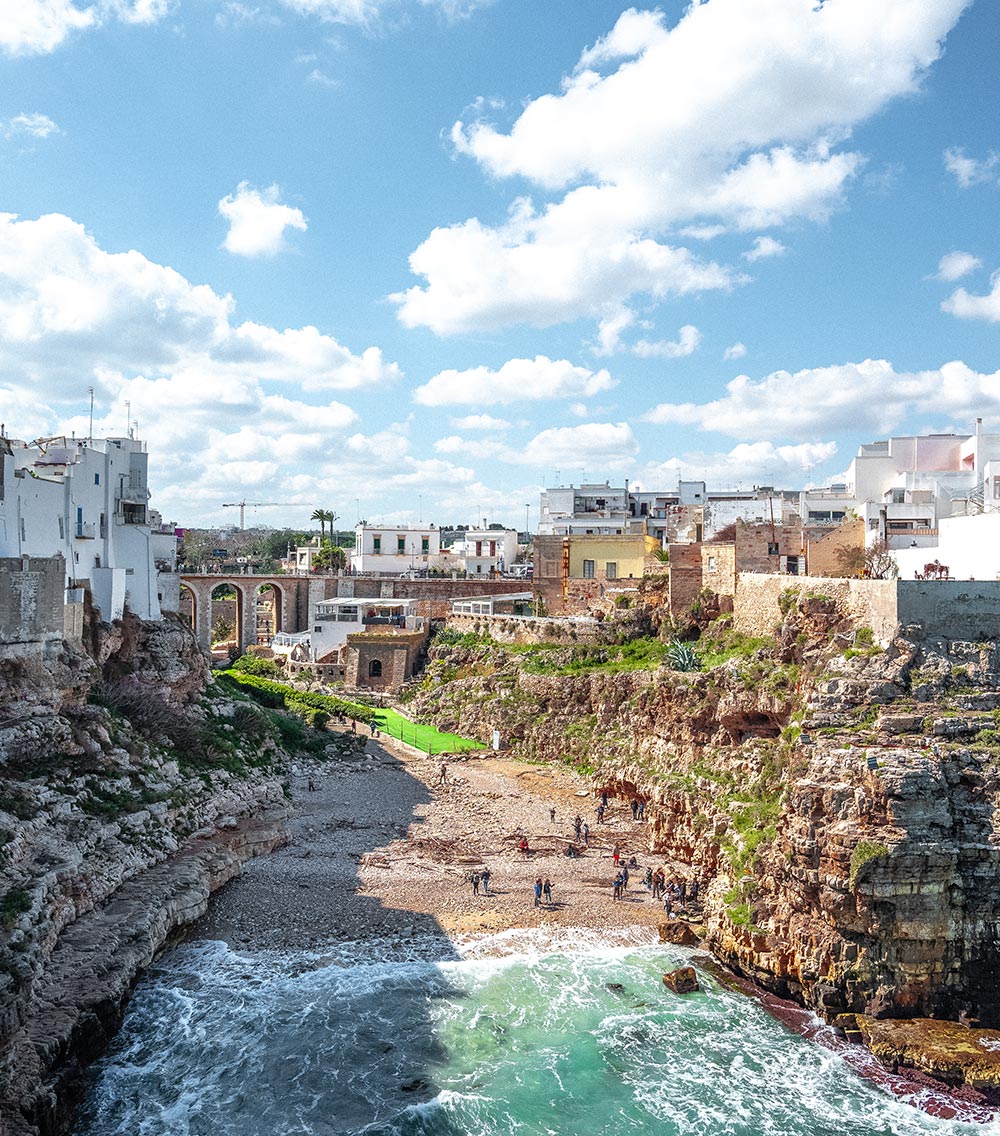How to Get There
By Airplane
Puglia is served by two main international airports: Bari Karol Wojtyła Airport (BRI) and Brindisi Salento Airport (BDS). These airports offer direct flights from major European cities, with budget airlines like Ryanair, EasyJet, and Wizz Air providing affordable connections.
By Train
Puglia is accessible via Italy’s extensive rail network. High-speed trains (Frecciarossa, Frecciargento) connect major cities like Rome, Milan, and Naples to Bari and Lecce. Regional trains provide access to smaller towns within the region.
By Car
Driving is a great option for reaching Puglia and exploring its countryside. The A14 highway (Autostrada Adriatica) links northern Italy to Bari, while other well-maintained roads connect coastal and inland destinations.
By Ferry
Ferries connect Puglia to other countries along the Adriatic Sea, such as Greece, Albania, and Croatia. Ports in Bari, Brindisi, and Taranto are key hubs for ferry travel.
How to Get Around
Trains
Trenitalia and Ferrovie del Sud Est operate train services across Puglia. Major towns like Bari, Lecce, and Taranto are well-connected, but train travel may be slower in rural areas.
Buses
Local and regional bus services, such as those by Ferrovie del Sud Est and MarinoBus, provide extensive coverage to towns and villages that are not accessible by train.
Driving
Renting a car is highly recommended for exploring Puglia’s scenic countryside, olive groves, and coastal areas. Roads are well-maintained, but parking can be limited in historic town centers.
Cycling
Puglia is popular for cycling, thanks to its flat terrain and scenic routes. Bike rentals are available in major towns, and cycling tours are a great way to explore areas like the Itria Valley.
Taxis
Taxis are available in cities and at airports, but they can be expensive. Ridesharing apps like Free Now and ItTaxi operate in some areas.
SIM Card Options
You can buy local SIM cards at airports, electronics shops, and mobile stores in Puglia. A valid ID may be required for purchase.
- TIM: Excellent network coverage and competitive data plans.
- Vodafone Italy: Great nationwide coverage with high-speed options.
- WindTre: Affordable data plans, ideal for budget-conscious travelers.
- Iliad: Low-cost SIMs with generous data allowances, popular among tourists.
eSIM Card Options
- Airalo: eSIM plans for Italy with flexible data options.
- Holafly: Unlimited data eSIMs, perfect for short-term trips.
- Nomad: Customizable eSIM plans with regional or global coverage.
- Local Network eSIMs: TIM and Vodafone offer eSIM options for compatible devices.


